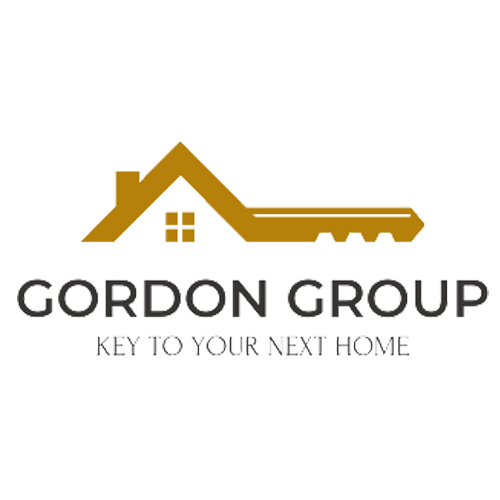2016 April Homes Sales Report
Date: May 22, 2016
MADISON, Wis. — The Wisconsin existing home market continued on a solid growth path in April with strong sales and significant upward pressure on prices, according to the most recent analysis of the housing market by the Wisconsin REALTORS® Association. Home sales rose 8.8 percent in April 2016 compared to that same month in 2015, making April 2016 the strongest April sales volume since 2005. This sales pace helped push statewide median prices to $161,622, which is 4.9 percent higher than April 2015.
“The spring and summer are when we sell the majority of homes in the state, so it is good to see the momentum from the first quarter extend into April,” said K.C. Maurer, WRA board chairman. Whereas a typical first quarter only accounts for 18.1 percent of the annual homes sold, that share increases to 30.7 percent in the second quarter, which is usually the largest quarter for home sales. Five of the six regions saw their home sales increase in April, with the West region up 16.9 percent over April 2015; the North and West regions grew at just over 12 percent over the period; and the South Central region and the Northeast region expanded between 4 percent and 6.1 percent. Only the Central region saw a decline in April home sales, with 2.7 percent fewer homes selling in April 2016 compared to April last year. “It’s important to remember that the Central region had a very good year last year, so even that region had healthy sales in 2016,” said Maurer. The Central region grew nearly 45 percent between April 2014 and April 2015, so being near the level of last year represents a very solid market in that rural part of the state.
“We’re entering our fifth year of price recovery, and home prices are likely to continue in the foreseeable future,” said WRA President & CEO Mike Theo. The upward trend in prices began in April 2012, when the statewide median price was at $128,125. The increase to $161,622 in April 2016 represents a total growth of 26.1 percent over that four-year period, in contrast to a 4.2 percent increase in the general price level, as measured by the Consumer Price Index, over that same time period. Several factors have led to this growth, according to Theo. “Housing demand is strong due to a growing economy and low interest rates, whereas housing supply continues to be tight statewide,” said Theo.
The Wisconsin unemployment rate fell to 4.4 percent in April, which is substantially lower than the 7.1 percent rate that existed in April 2012; and over the last year, Wisconsin employment levels are up 61,100 jobs between April 2015 and April 2016, according to the U.S. Bureau of Labor Statistics. The 30-year fixed-rate mortgage was at 3.61 percent in April, which is actually lower than the 3.91 percent rate in April 2012. In contrast, the supply side of the market is especially tight, and it tightened further in April. There were 6.7 months of available supply in April, which is down from 8.5 months this time last year. “What’s even more concerning is the fact that new listings are also down, suggesting that buyers are going to need to move quickly when they find a house they want to buy,” said Theo. The metropolitan counties are especially problematic, with only 5.1 months of available supply.
“Thankfully low interest rates and modest family income growth have combined to keep housing affordable in the state,” said Theo. The Wisconsin Housing Affordability Index shows the portion of the median-priced home that a qualified buyer with a median family income could afford to buy, assuming a solid 20 percent down payment and the remainder financed for 30 years at current rates. The index stood at 234, which is nearly unchanged compared to April last year. “The big question is whether the Federal Reserve plans to start raising short-term rates again, which could put upward pressure on mortgage rates,” said Theo. The most recent meeting of the Federal Open Market Committee, which is the Fed’s rate-setting body, hinted at a rate increase as early as June this year. “Mortgage rates have been stable for a long time, but when they start rising, that will hurt affordability, so time is probably not on the buyer’s side,” said Theo. “Getting prequalified for financing and working with an experienced REALTOR® is still the best way to be successful in a tight market,” he said.
The Wisconsin REALTORS® Association is one of the largest trade associations in the state, representing over 14,000 real estate brokers, sales people and affiliates statewide. All county figures on sales volume and median prices are compiled by the Wisconsin REALTORS® Association and are not seasonally adjusted. Median prices are only computed if the county recorded at least 10 home sales in the quarter. All data collected by Wisconsin REALTORS® Association are subject to revision if more complete data become available. Beginning in 2010, all historical sales volume and median price data at the county level have been re-benchmarked using the Techmark system which accesses MLS data directly and in real time. The Wisconsin Housing Affordability Index is updated monthly with the most recent data on median housing prices, mortgage rates, and estimated median family income data for Wisconsin. Data on state foreclosure activity is compiled by Dr. Russ Kashian at the University of Wisconsin–Whitewater.

